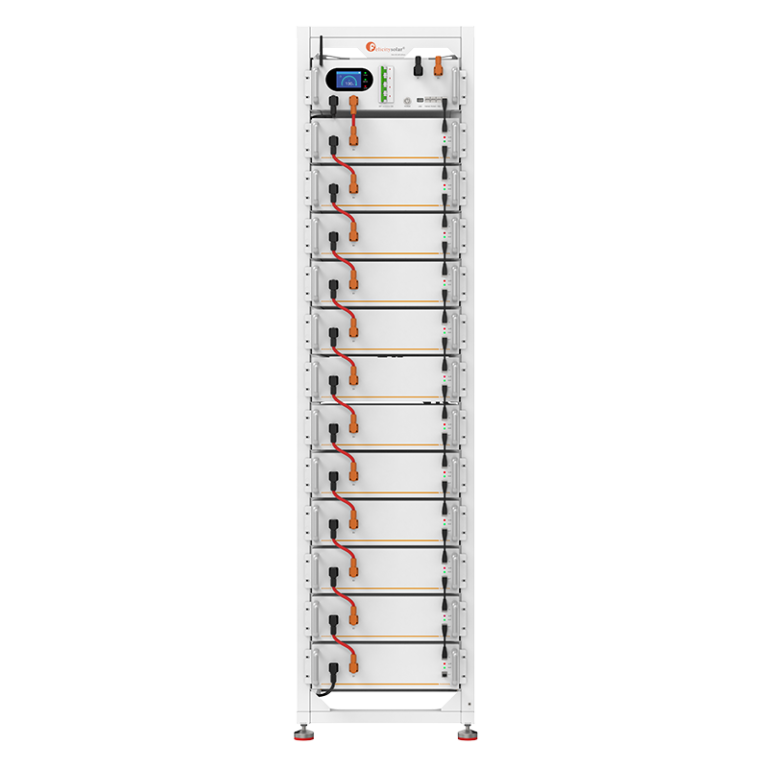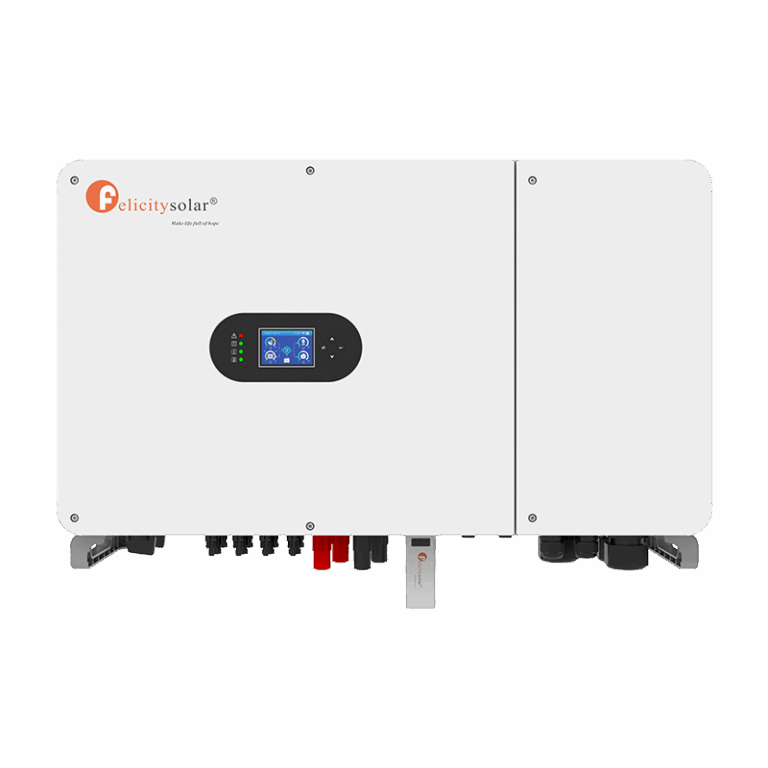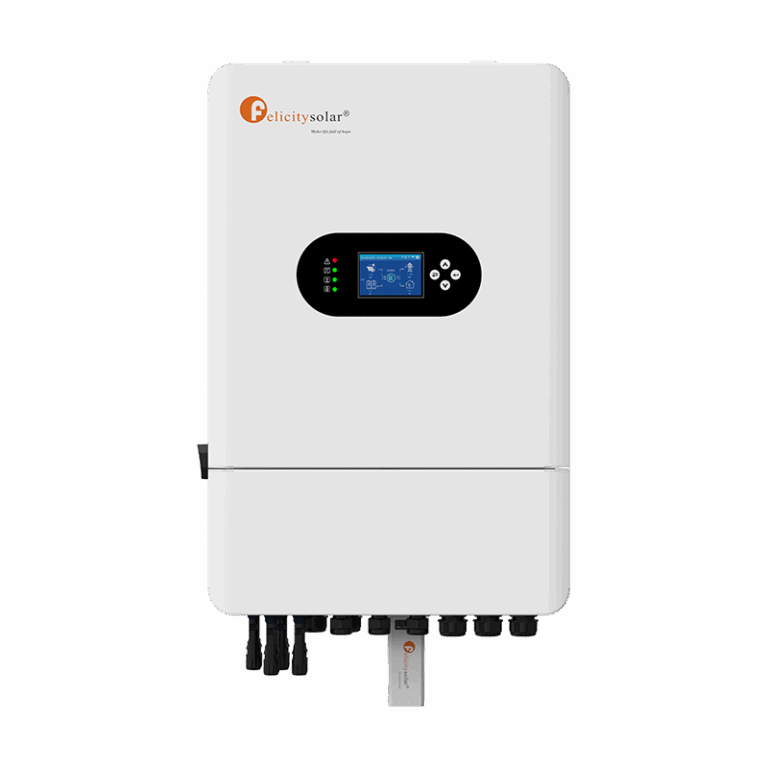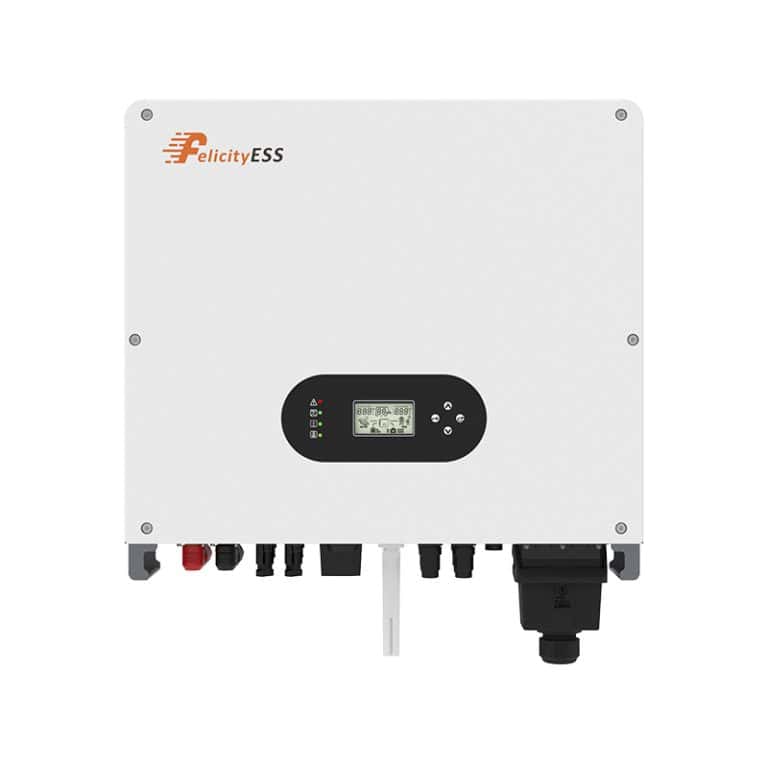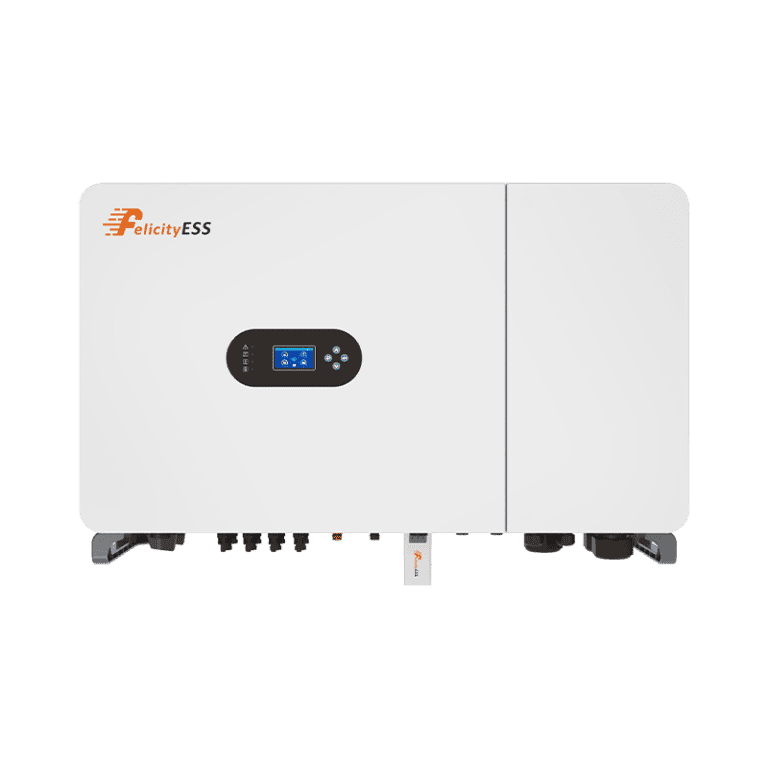European new energy policies place emphasis on the adoption of renewable energy, a key example being solar power. Wiring lithium solar batteries in series and in parallel enhances energy storage, consistent with the continent’s vision for green energy.
Lithium batteries can be connected either in parallel or in series; both methods increase the total available energy in watt-hours. However, wiring lithium batteries in series and wiring lithium batteries in parallel yields distinct results. The primary difference between connecting batteries in parallel and in series is the impact on the system capacity and output voltage. In what follows, you will discover how to connect your batteries in series versus in parallel, and the method best for you.
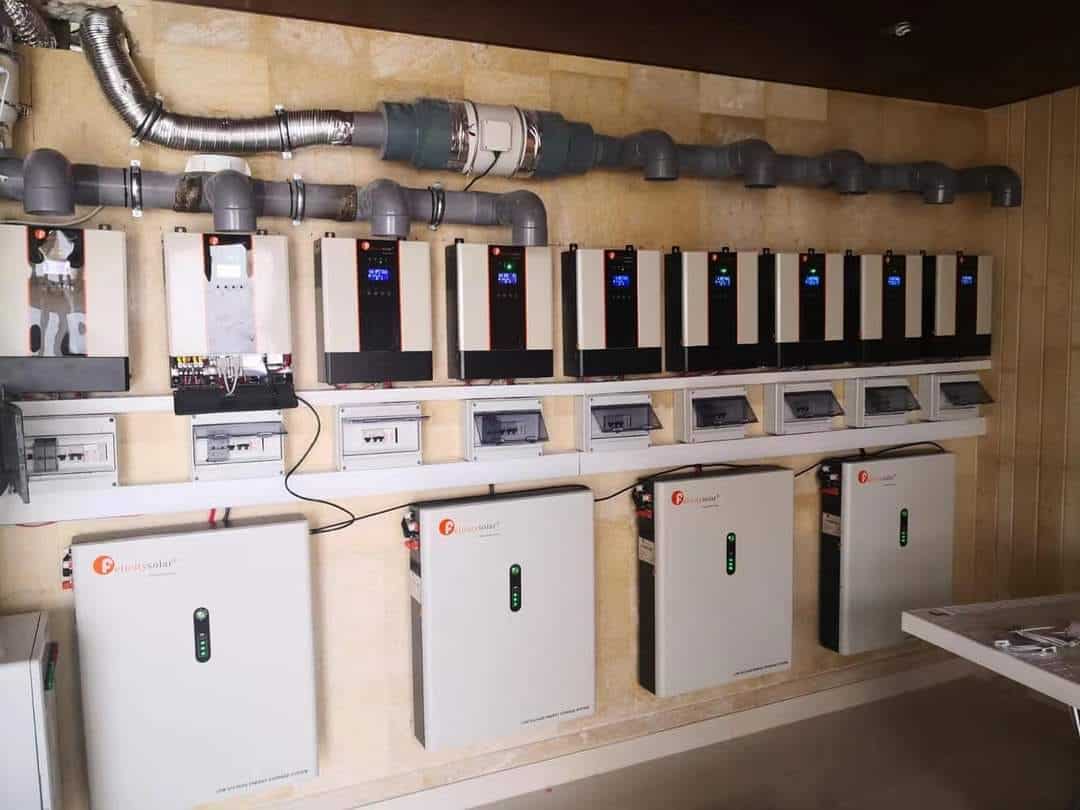
Wiring Lithium Batteries in Series
Wiring batteries in series increases the voltage amount. Notably, it does not increase the ampere capacity. Thus, connecting two-24V 100 Ah (amp hours) batteries in series yields a total voltage of 48V, but the capacity remains 100 Ah. Connecting batteries in series means that the negative and positive terminals work together. Prior to connecting batteries in series, one has to ensure that they have a similar capacity and voltage rating so that the same current flows through all batteries.
To wire lithium batteries in series, first, connect the negative terminal of one battery to the positive terminal of a second battery. The connection continues until all the batteries are connected to create a series. Subsequently, connect the positive terminal of the first battery within the series to the positive terminal in the application. The third step is to connect the negative terminal of the last battery within the series to the negative terminal on the application.
Important to note is that not all lithium solar batteries can be connected in series. Read the instructions in our manual beforehand.
Wiring Lithium Batteries in Parallel
While connecting lithium batteries in series increases the voltage, connecting them in parallel increases the battery bank capacity. Notably, the total voltage does not change. Thus, connecting two 48V 100Ah lithium solar batteries in parallel yields the same voltage of 48V, but increases the capacity to 200 Ah. It is also imperative that all the connected batteries have a similar voltage and capacity.
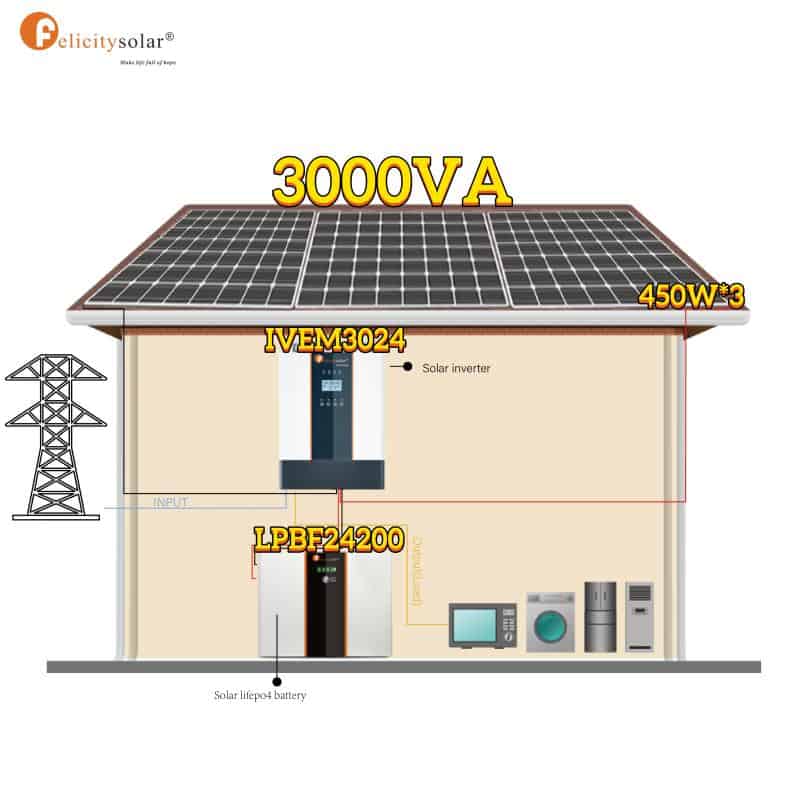
To connect lithium batteries in parallel, first, connect the negative terminal of each battery to the negative terminal of the battery next to it. Second, repeat the process with the positive terminals. Third, connect the positive terminal of the last battery to the negative terminal on the application. Repeat the process with the positive terminals.
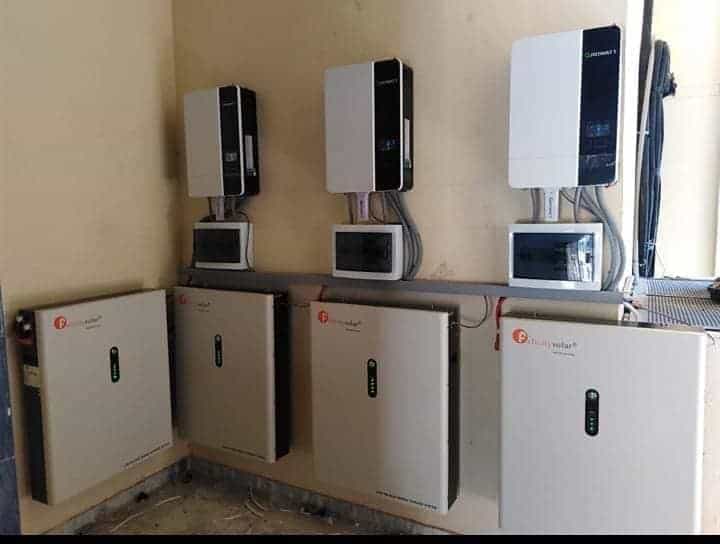
So, which way? Series or Parallel?
Ultimately, the most suitable method depends on the needs of the applications that you are powering. Wiring batteries in parallel maintains the same voltage bit allowing you to run the applications for longer since there is increased capacity. On the flip side, the relatively lower voltage implies a higher current draw. Thus, wring lithium batteries in parallel may not be most appropriate for large applications.
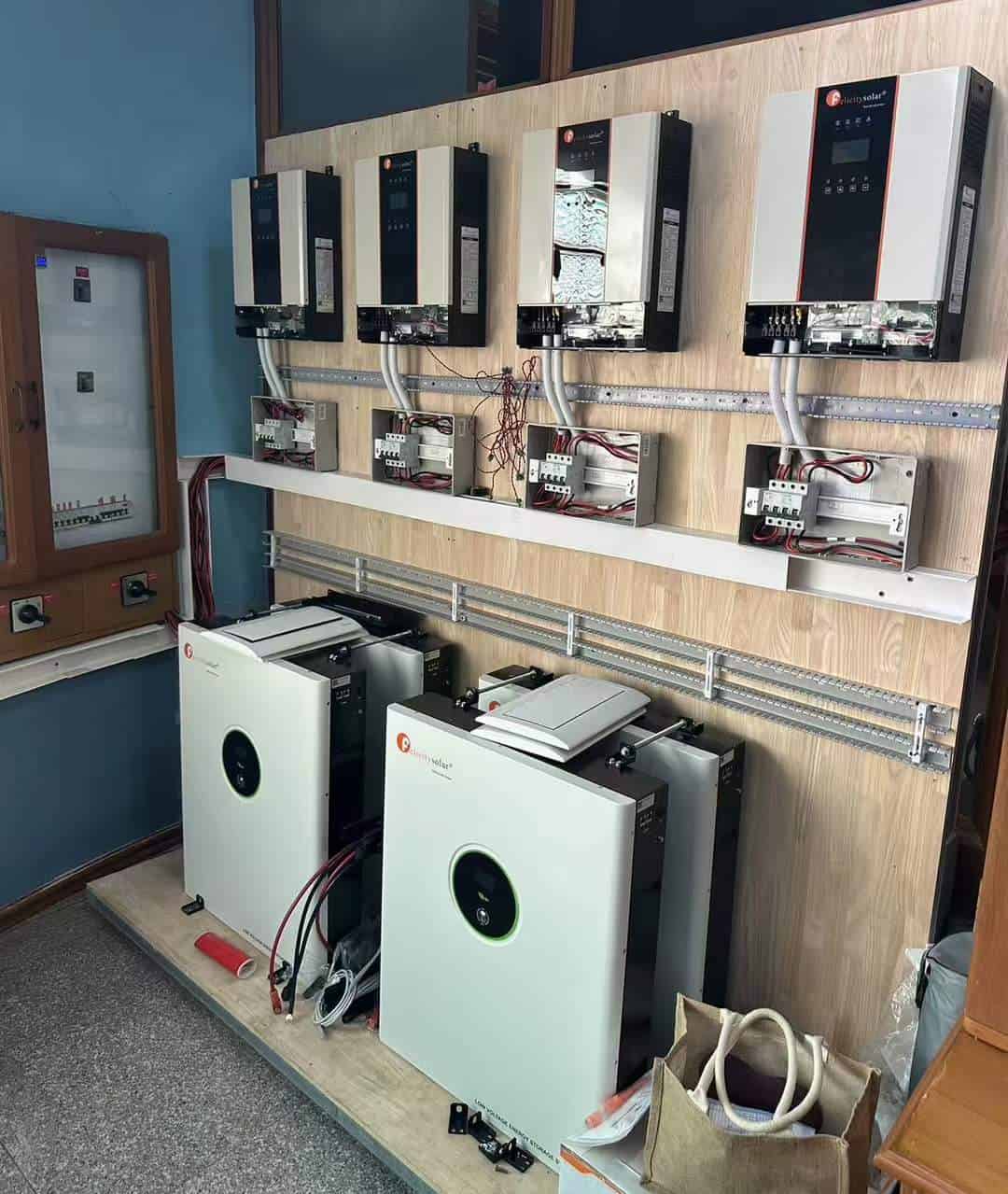
Wiring lithium batteries in series is most suitable for applications that require higher voltages. This further means lower system currents as the voltage is distributed across the batteries within the series. Nonetheless, when one point within the series fails, the entire circuit fails, as there is only one path for current flow. In addition, wiring lithium batteries in series increases the voltage. To avert this challenge, you can explore our PV hybrid inverter collection here. Our PV hybrid inverters reduce grid dependence and allow you to enjoy uninterrupted power.
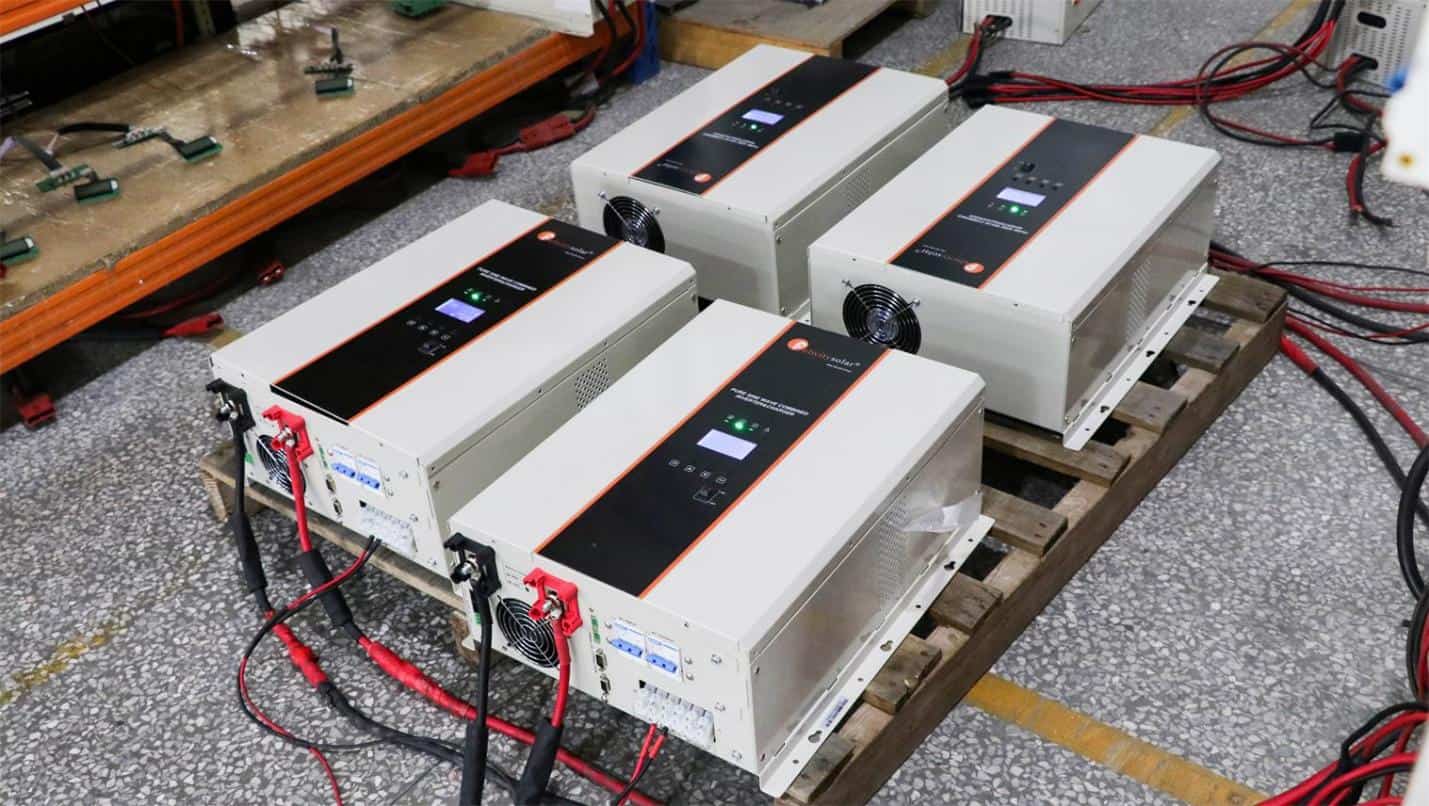
Conclusion
Our lithium batteries can be run in parallel or in series. However, the choice boils down to the battery’s use scenario.



